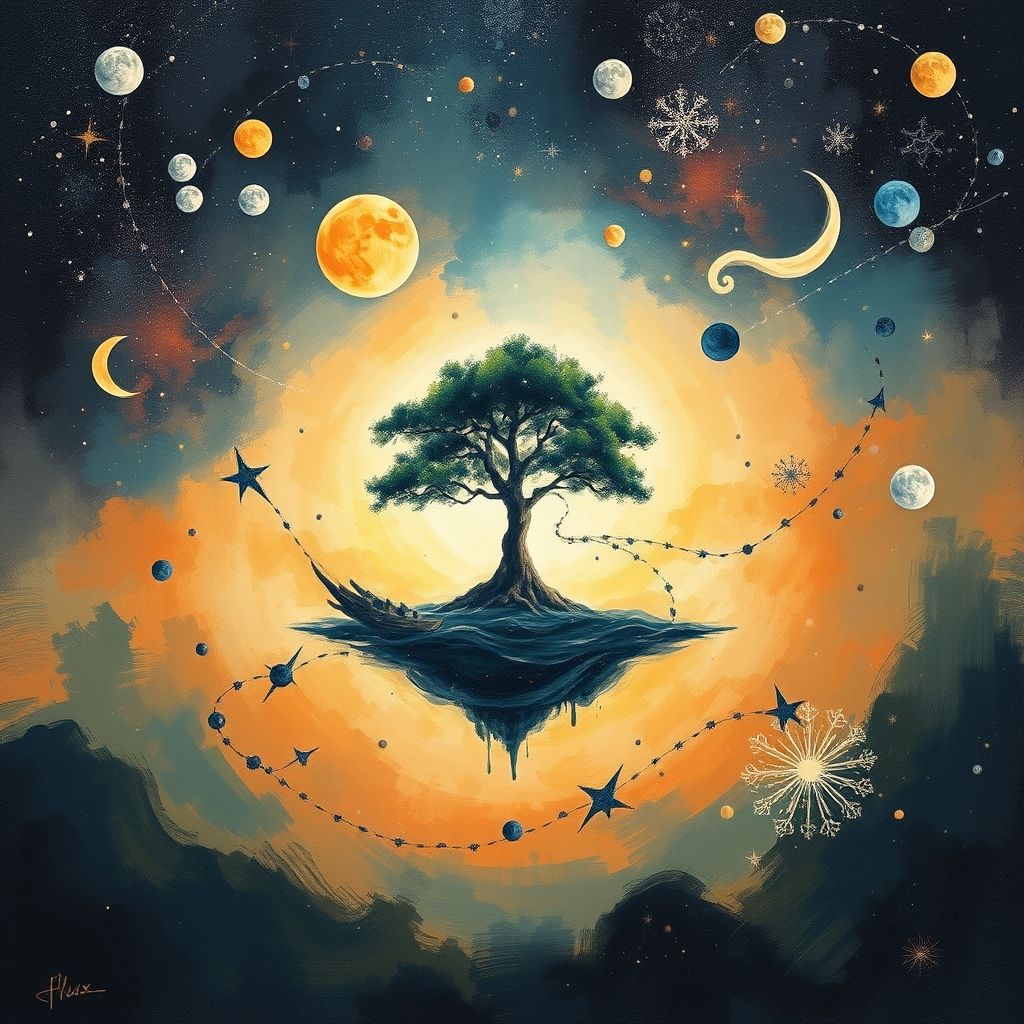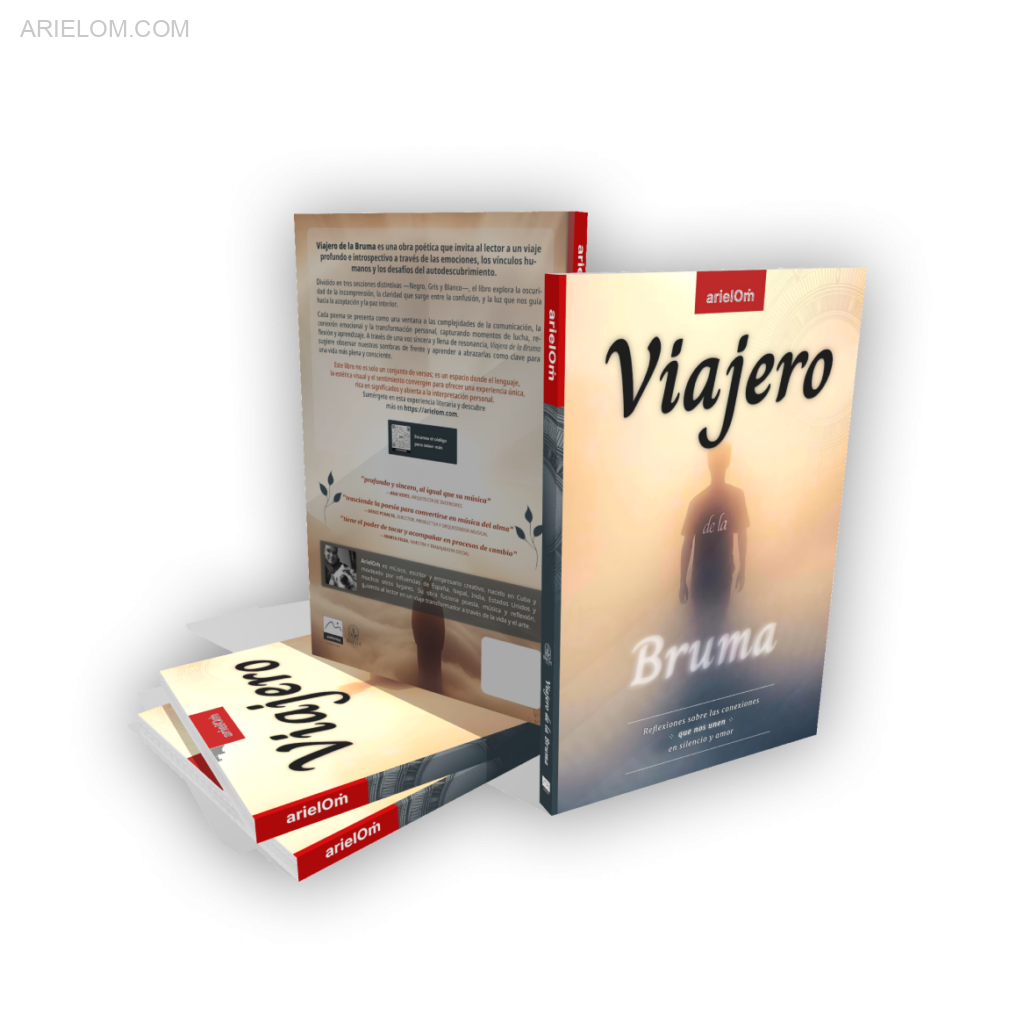The poetry for the preservation of cultural heritage reveals an extraordinary intersection where words become bridges between the wisdom of the past and the sustainability of tomorrow. Through verse, we discover the profound connections that traditional knowledge shares with ecological awareness, offering fresh perspectives on our relationships with culture and nature. The eloquence of poetry allows us to honor deep-rooted traditions while inspiring a renewed sense of environmental stewardship.
In exploring these themes, poetry celebrates our shared heritage and reminds us of its intricate ties to the natural world. From indigenous practices intertwined with respect for the land to reflections on cultural resilience, poems awaken a collective consciousness rooted in love and responsibility for the Earth. They become tools of preservation and a call to action, resonating with anyone seeking to understand and protect the wisdom embedded in the stories of our ancestors.

7 Inspiring Poems for the Preservation of Cultural Heritage
The poetry for the preservation of cultural heritage offers a powerful lens through which we can rediscover the richness of traditional knowledge while connecting deeply with ecological awareness. This blend of artistic expression celebrates the wisdom embedded in indigenous environmental conservation, creating an extraordinary bridge between the past and the future. Here’s Poetry that Celebrates Indigenous Environmental Conservation.
The following curated poems highlight the profound relationship between cultural heritage, nature, and poetry. They also underscore how literature that explores traditional knowledge can inspire environmental stewardship and a renewed connection to our roots.
1. “Speak Tree” by Joy Harjo
As the first Native American Poet Laureate of the United States, Joy Harjo’s works often weave indigenous knowledge with pressing contemporary issues. In “Speak Tree”, she gives voice to the natural world, embodying the wisdom of trees as storytellers and witnesses to history. The poem reflects deep ecological awareness and indigenous perspectives on the interconnectedness of all life. Through its verses, Harjo invites readers to listen to nature’s teachings and recognize the sacred relationship between humans and the Earth.
You can read “Speak Tree” on the Academy of American Poets: Joy Harjo – Speak Tree.
Additionally, you can watch Joy Harjo reading “Speaking Tree” as part of the Dear Poet 2020 series:
Harjo writes, “We were never perfect. Yet, the map they gave us gave birth to dreams.” Her poetry is a call to honor the Earth and the wisdom of her ancestors. Discover more of Joy Harjo’s works through Poetry Foundation.
2. “Song of Lawino” by Okot p’Bitek
This epic poem, written by Ugandan poet Okot p’Bitek, is a testament to the beauty and strength of African traditions facing challenges from colonial forces. It preserves cultural heritage by vividly portraying rituals, music, and customs while critiquing the erasure of these practices. It’s not only a work of poetry but also a celebration of literature that explores traditional knowledge.
The protagonist, Lawino, passionately defends her Acholi culture, offering insights into ecological practices that stem from harmony with land and water. Learn more about Okot p’Bitek’s work here.
3. “Remember” by Joy Harjo
Returning to Harjo’s work, her poem “Remember” elegantly emphasizes the deep connection between nature, memory, and culture. She invites us to honor every part of the natural world—its elements, its rhythms, and its stories.
The line “Remember the plants, trees, animal life who all have their tribes, their families, their histories, too” is a powerful reminder of how poetry can celebrate indigenous environmental conservation. It calls on us to maintain ecological awareness rooted in respect.
4. “The Sea Is History” by Derek Walcott
Nobel laureate Derek Walcott’s poem The Sea Is History (1979) explores the intersection of cultural identity, colonialism, and historical memory. Through vivid imagery, Walcott reimagines the sea as a repository of the Caribbean’s past, where the legacy of slavery and colonialism is submerged but ever-present.
Rather than focusing on ecological degradation, the poem emphasizes the erasure of indigenous and African histories, contrasting the absence of written records with the enduring oral traditions and lived experiences of Caribbean people. Walcott’s work serves as a powerful meditation on historical resilience, urging readers to recognize how cultural heritage is preserved not only in texts but in the landscapes and collective memory of a people.
Read The Sea Is History on Poetry Foundation.
5. “The Lost Words” by Robert Macfarlane
Robert Macfarlane, a British writer and poet, collaborated with illustrator Jackie Morris to create The Lost Words, a beautifully crafted book that seeks to revive nature-related words disappearing from children’s vocabularies. Rather than traditional poems, the book features spells—lyrical incantations celebrating words like “acorn,” “kingfisher,” and “otter,” which had been removed from the Oxford Junior Dictionary.
This work underscores the deep connection between language, cultural heritage, and ecological awareness, reminding us that preserving our environment also means keeping alive the words that describe it. The Lost Words has inspired musical adaptations, public art, and conservation efforts worldwide.
Explore more about The Lost Words here: https://www.thelostwords.org
6. “From Blossoms” by Li-Young Lee
Li-Young Lee’s “From Blossoms” is a beautifully tender exploration of nature’s essence and its role in personal and collective memory. His verses showcase the ways culture binds us to our environment, offering glimpses of how poetry can serve as a medium for cultural preservation.
Lee writes, “There are days we live as if death were nowhere in the background,” indicating the fleeting joy interconnected with our experiences of nature. His work beautifully aligns with ecological awareness and meditation on the heritage we share. Read more about Lee’s poetry here.
7. Poems from “Viajero de la Bruma“
In my book “Viajero de la Bruma“, I present a poetic journey that connects human emotions, social relationships, and personal transformation. The poems engage deeply with themes of identity, emotional connection, and healing. One aspect I weave into this journey is reflecting on human interaction with nature and the environment.
The sensory experience created by QR codes in the book allows readers to explore the relationship between word, sound, and image. This innovative fusion encourages readers to engage with themes of ecological awareness and introspection. The book itself becomes a way to explore how poetry for the preservation of cultural heritage can evoke emotional and environmental consciousness.
Do you want to discover the emotions, reflections, and poetic landscapes of “Viajero de la Bruma” before committing?
Download the free Sample Copy and immerse yourself in a special selection of poems and illustrations that evoke the central themes of this work.
How Poetry Guides Us to a Renewable Future
Each of these works illustrates the profound power of poetry to celebrate and preserve cultural heritage while fostering ecological awareness; here’s another example. They inspire reflection and action toward a more rooted, respectful, and sustainable relationship with the Earth.
If you’re moved by these themes, I invite you to explore how “Viajero de la Bruma” continues this dialogue. Purchase the book or learn more about its poetic and immersive journey, encouraging a deeper emotional and environmental connection.
A Journey Through Poetry and Introspection
In my book “Viajero de la Bruma”, I offer a poetic invitation to navigate the depths of human emotions and the bonds that connect us, while reflecting on the interplay between individuality and shared experience. The book is structured in three stages—Black, Gray, and White—which represent the journey from misunderstanding and inner turmoil to clarity, self-acceptance, and peace. It is a work that seeks to illuminate how we relate to ourselves, each other, and even to the natural world.
This intrinsic connection between the inner self and the surrounding environment is also at the center of the blog post’s focus on cultural heritage and ecological awareness. Just as poetry can preserve traditions, reflect on indigenous knowledge, and honor the Earth, my work explores the intersections between personal transformation and humanity’s broader relationship with nature. For instance, my poems delve into themes like harmony with the environment, as well as our society’s ability—or challenge—to embrace “the other” with empathy and understanding.
A Sensory Experience That Resonates
Viajero de la Bruma is more than just a collection of poems. It is a multi-sensory experience combining words, visuals, and sound. By scanning embedded QR codes, readers can access pieces of music specifically designed to complement the verses. This dynamic blend deepens the emotional journey, echoing the immersive qualities discussed in the post regarding how art, poetry, and cultural awareness can lead us toward transformation and renewal.
Whether you’re drawn to the reflective storytelling of a poem or the intricate connection between literature and ecological consciousness, my book resonates as a natural extension of these ideas. Just as the works highlighted in the blog post inspire a renewed connection with our roots, Viajero de la Bruma seeks to guide you inward to understand the nuances of human connection, while encouraging you to look outward with fresh eyes at the world.

I invite you to discover my new book “Viajero de la Bruma,” a work that explores themes such as human connection beyond differences, compassion as a bridge between souls, and the search for meaning amidst uncertainty.
Through its pages, I reflect on vulnerability, empathy, and how our experiences shape the spaces we inhabit, both physical and emotional. If these themes resonate with you, I encourage you to immerse yourself in this poetic journey.
I hope you find a spark of inspiration in it!
Conclusion
The poetry for the preservation of cultural heritage reveals a striking connection between our roots and the natural world. Through the verses of Joy Harjo, Okot p’Bitek, and others, we witness how tradition, identity, and ecological awareness come together to form a profound dialogue. At the heart of it lies the realization that words have the power to honor what we risk losing, while illuminating a path forward.
These poems remind us that heritage is alive, not static—it pulses through rituals, languages, and our relationship with nature. By engaging with these works, we not only preserve the past but also foster a renewed commitment to sustainability and understanding.
Invitation
If these ideas resonate with you, I invite you to immerse yourself in Viajero de la Bruma, where these emotions come to life through poetry. This book offers a space to explore themes of connection, transformation, and environmental consciousness in a deeply personal way. Let its verses guide you toward preserving not only our cultural heritage but also the intimate ties we share with the world around us.









